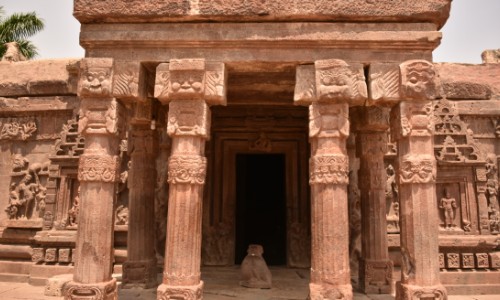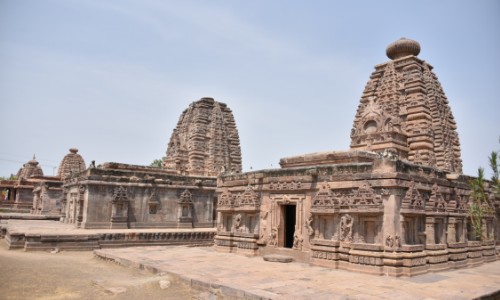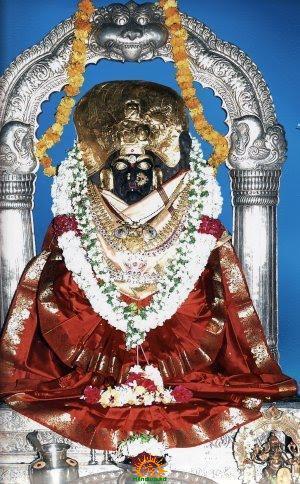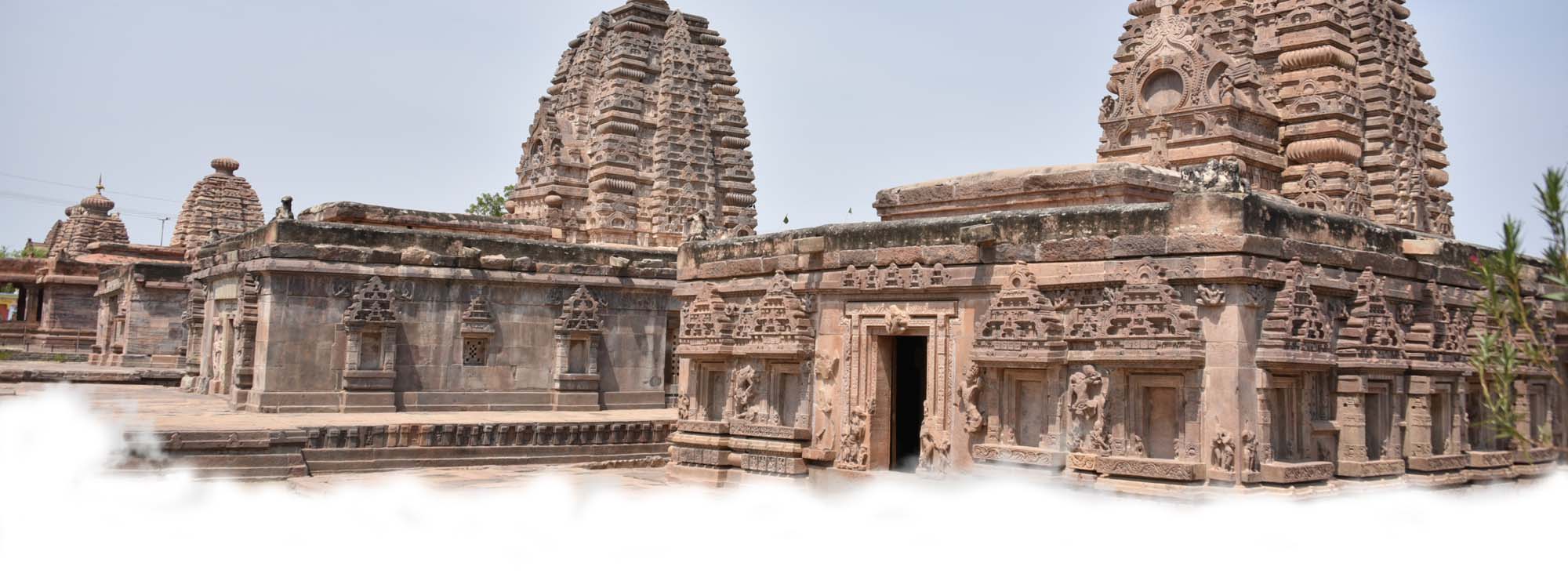
Jogulamba Temple
This powerful Shakti Peetham is located in Alampur that is about 215 kilometers away from Hyderabad.
Story Behind the Jogulamba Devi Temple
As per the story, the wife of Sage Jamadagni ‘Renuka’ used to bring water from the river Tungabadhra daily for the pooja. It was believed that the power of sand and Moulding clay takes possession in her.
One day, she glanced at a Queen and King bathing in the water of the river. This troubled her in preparing the pots and returned to the ashram with empty hands. Her husband got familiar that she has deviated from her path.
So Sage ordered his sons to kill her. Sage was happy with one of his son Parasurama and asked him to choose any wish. Parasurama asked his father to bring mother, Renuka. Jamadagni said that he couldn’t attach her head to the body. But he told that Renuka’s head would be adored by the name of Yellamma. Also, people will worship the body in the name of Bhudevi.
There is also another story related to the Jogulamba temple. There lived a widow ‘Punavati’ in Banaras city. She was an avid devote of Shiva and prayed him of a male child. Lord Shiva got pleased and fulfilled her wish. But the people residing in the city teased her of sin without any father. Punavati asked his son to pray Shiva for help. The son did as instructed.
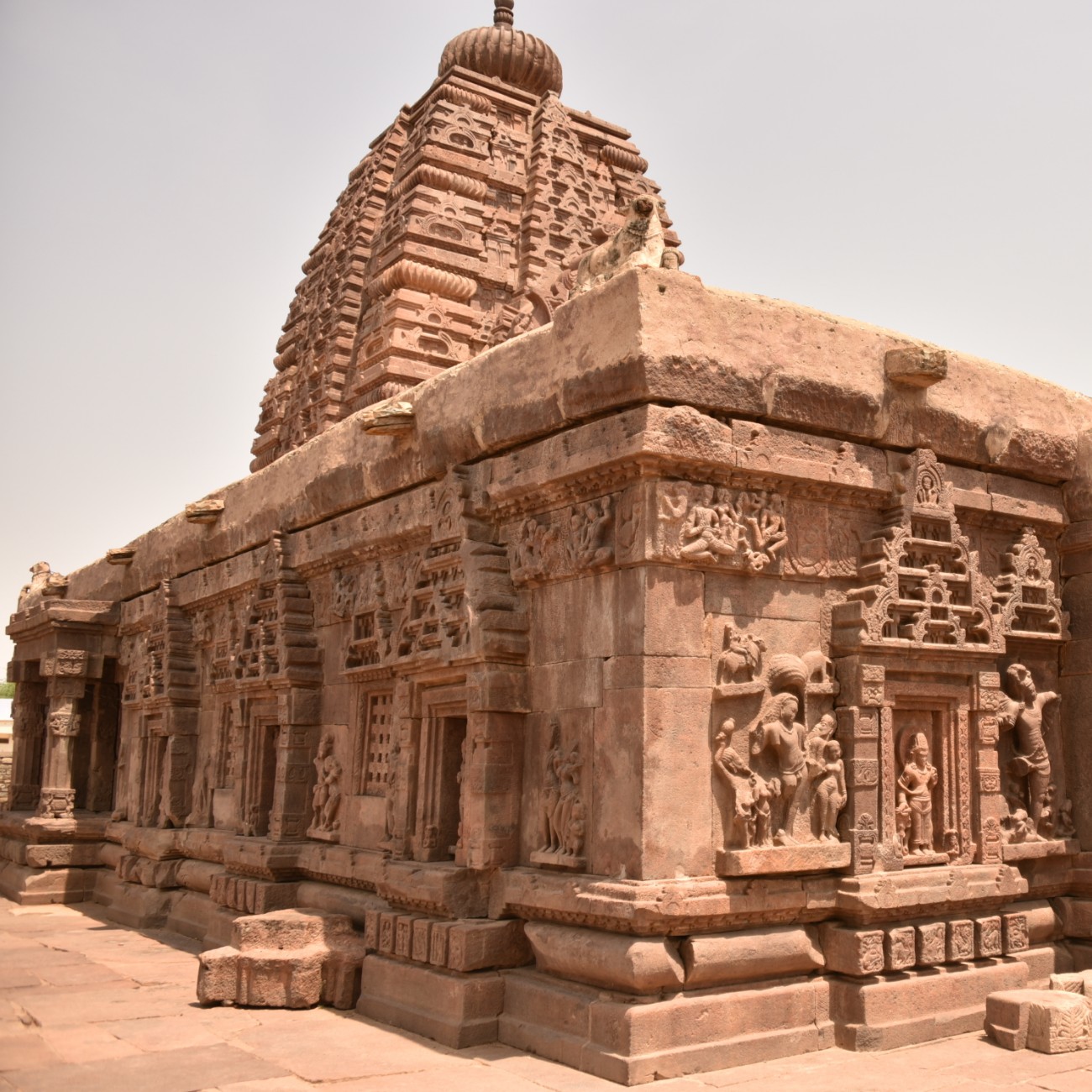
After that, Shiva asked him to build a temple for all goddesses at Alampur. Rasa Siddha started the work. While engaging in the construction of temples, Vilasat King invaded the site and destroyed most of the work. He also tried to snatch away the pot that contains a miracle drink. This drink has the power to turn any stone into gold. Siddha then cursed the king about losing his all army and wealth.
One day, the king was roaming in the forest in the hunt for water and food. He met with a hunter who helped him. The hunter searched the forest and saw a deer. While trying to killing deer, he requested to stop that.
But the hunter did not act as per the words. It is believed that the deer told the hunter that if he kills him, he will suffer from the same sin as that of Vilasat. So the hunter saved the deer’s life and told all this about the king. The king followed the hunter to see the deer.
When he saw it, the king begged the deer and asked him to get rid of his sin. The deer asked him to visit Brahmeswara Kshetra and reconstruct all the temples.
Significance of the Temple
The “Jogulamba” word is derived from “Joginula Amma,” which means Mother of Joginis. It has different meanings like:
Jogini or Jogulamba – She is a female who has given abandoned all the earthly attachments.
Yogulamba or Yogamba – She is a female dancer who dedicated her life to God.
As one of the 18 shakti peethams of India, Alamapur Jogulamba temple is one of the important attractions in Mahabubnagar. This historical site is famous for three temples – Navabrahma temples, Jogulamba Temple, and Sangameswara Temple. The main deities at Alampur are Jogulamba and Brahmeswara.
Here the Goddess Jogulamba is seated on the corpse with her tongue outside. There is also a scorpion, lizard, and a frog on the head. This avatar of a bold goddess grants Siddhi in Yoga and hence known as Jogulamba.
Besides this main idol, you will see Ganapathi, Saptamatrikas (a group of Hindu goddesses), and Veerabhadra.
Jogulamba temple is one of the most famous religious centers in Telangana. It is considered as Dakshin Kasi. The Goddess Jogulamba is known as “Gruha Chandi,” which means the protector of our homes.
Did you know the sanctity of this popular Alampur temple is also mentioned in Skanda Purana? It is believed that the Alampur is the western gate of Srisailam – which is one of the most important of 12 jyotirlingas. The hair of figurines is with a lizard, scorpion, human skull, and bat – all of them signify evil and signs of the destruction of a house.
Here the major festivals like Maha Shivaratri and Dusshera are celebrated with high spirits. It is said that the Jogulamba goddess meets devotees in a sitting position with a stance of ugrarupam. Ugrarupam signifies highly energetic and tough to worship the goddess.
There are total nine temples in Alampur known as Nava Brahma dedicated to Lord Siva. These Nava Brahma temples are Swarga Brahma, Padma Brahma, Taraka Brahma, Bala Brahma, Arka Brahma, kumara Brahma, Garuda Brahma, Veera Brahma and Viswa Brahma.
Most of the pilgrims head to Jogulamba Devi Temple in February and March. The best time to visit Jogu is during Krishna Pushkaralu held every twelve years. Since this temple is located on the banks of Tungabhadra River and Krishna River, people across the glove came there to bath and get rid of their sins.
History of the Jogulamba Temple
Alampur was ruled by numerous South Indian dynasties like Rashtrakutas, Shatavahana Ishvakus, Badami Chalukyas, Kalyani Chalukyas, Vijayanagara Empires, Kakatiyas, and Qutub Shahis of Golconda.
The interesting thing is that Muslim invaders established this ancient temple in the 1390 A.D. The army of Bahamani Sultan ruined the original temple of Jogulamba and Taraka Brahma in the 14th century.
King Harihara asked his army to stop the attacks of the Sultan and secure the temple complex. After that, it was rebuilt after 615 years. It was then that the locals killed the invaders.
Disfigured figurines of Jogulamba and other goddesses were protected and repaired by the devotees who placed them in the famous Bala Brahma temple.
Since then, the idol has been famous. The current temple was reconstructed in 2005 as the original temple was destroyed. The uniqueness of the Alampur cluster of temples lies in their plan and design in the northern architectural style introduced by the Chalukyas between 650 CE and 750 CE.
Badami Chalukyas ruled for 200 years and built a lot of temples in and around Alampur in the 7th and 8th centuries. There are nine popular temples dedicated to Lord Shiva at Alampur.
Out of which, only eight temples of Navabrahmeswara survived. This temple was rebuilt at the same place as described in the ‘Rasaratnakaram’ of Nityanatha Sidha.
Sri Adi Shankaracharya was one of the installers of `Sri Chakra’ at Alampura Jogulamba temple. The Endowments Department then took the initiative for the reconstruction. Finally, on 13th February 2005, all the idols are positioned in the newly constructed temple.
As per the famous story of Jogulamba Devi Temple, there was a saint in the sixth century known as Rasa Siddha. He had the power to turn base metal into gold.
The saint was also close to Pulakesi II (Chalukyas king), who was involved in the construction of temples called ‘Nava Brahmas’. It was also believed that the nine names of Lord Shiva are the names of medicinal herbs given up by Rasa Siddha. There are nine temples in Alampur. The Siddha Rasarnavam is a tantric art.
It states that if anyone performs Upasana as mentioned in the Tantra, then the Mercury comes out from the Bala Brahma Linga, Ganesh’s Navel, Subramanya’s thighs, and Mouth of goddess Jogulamba and turns into Gold via the use of the therapeutic herbs.
